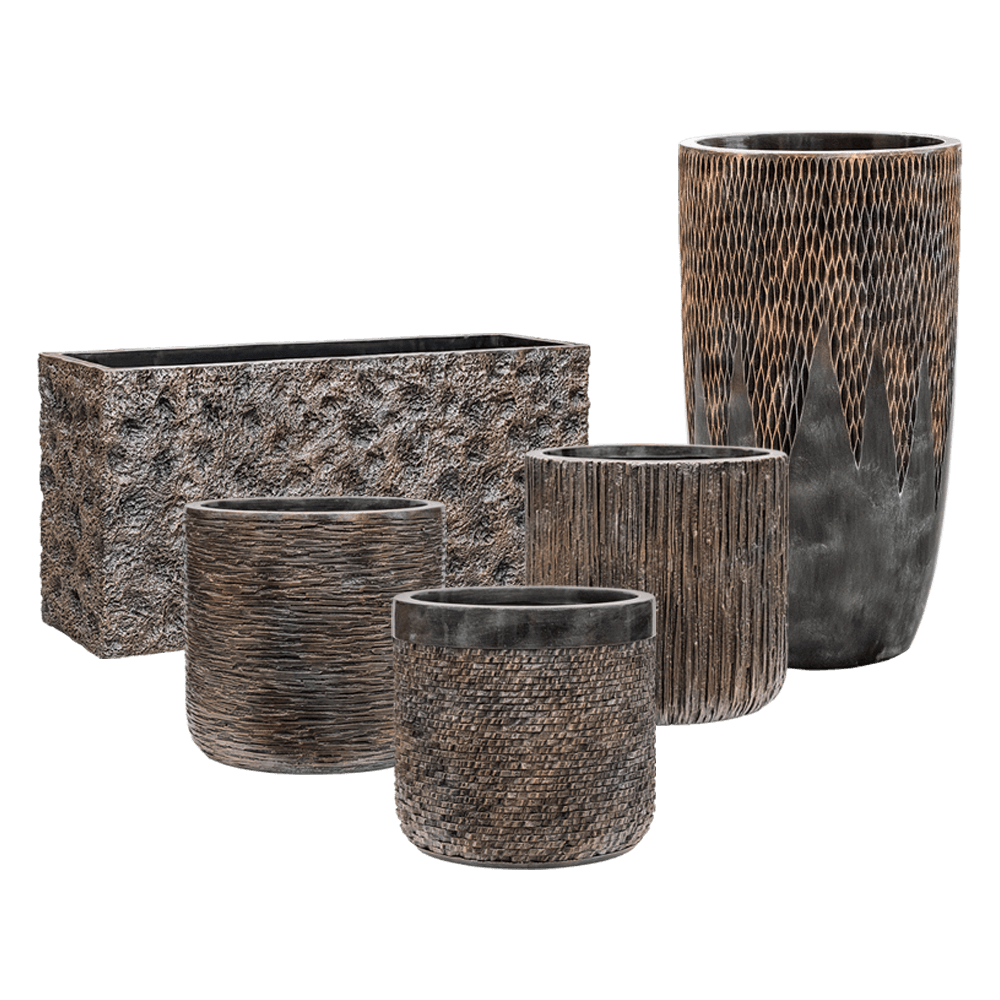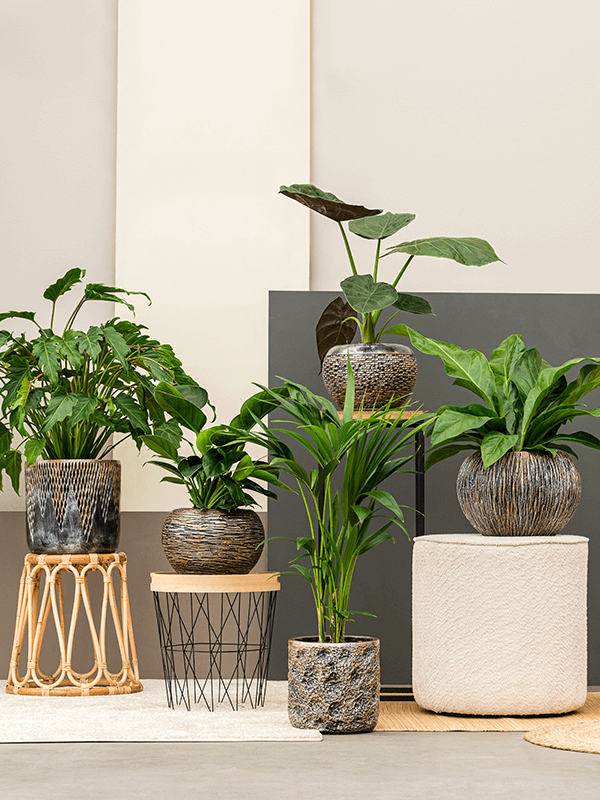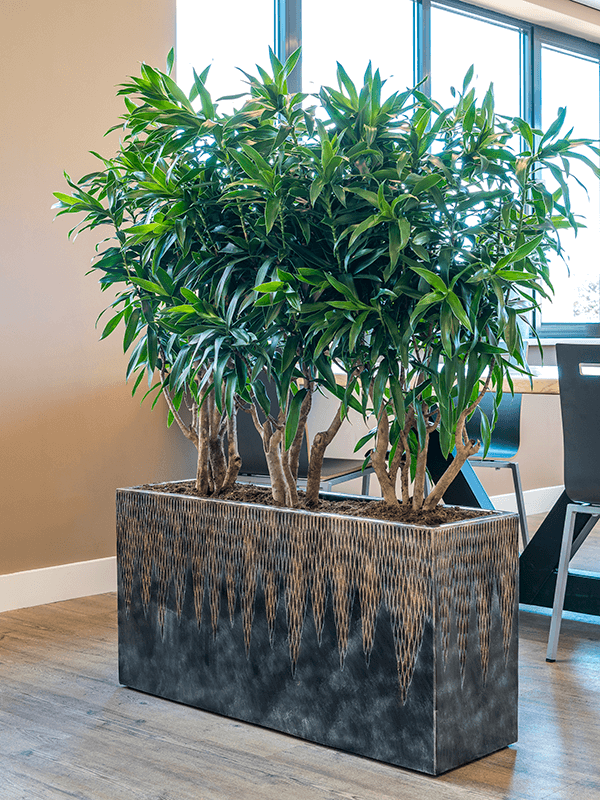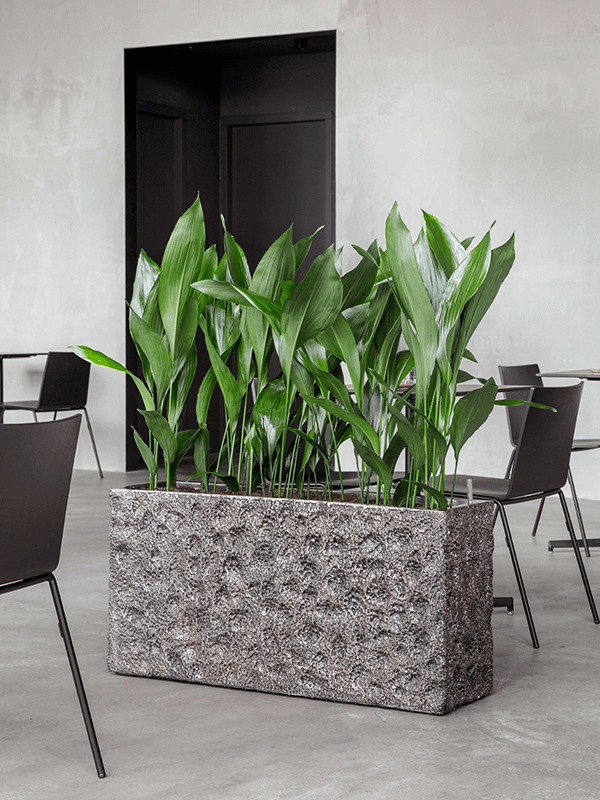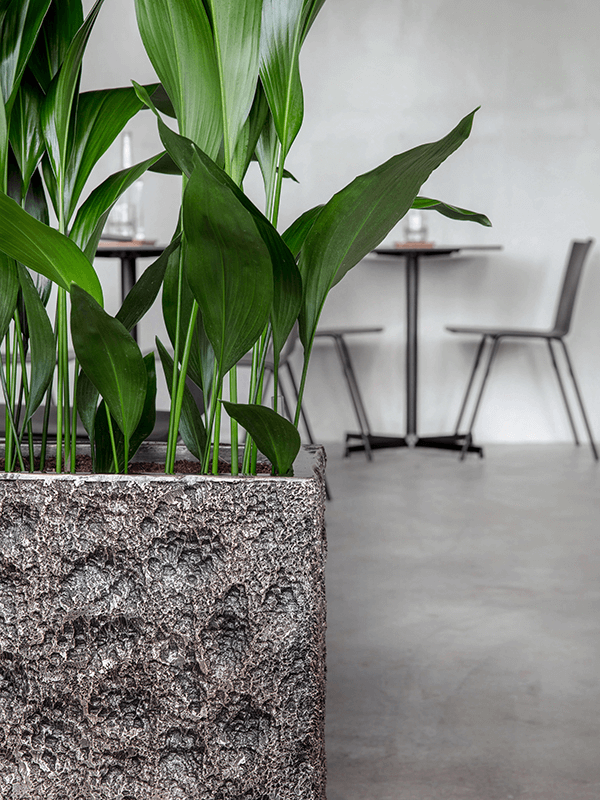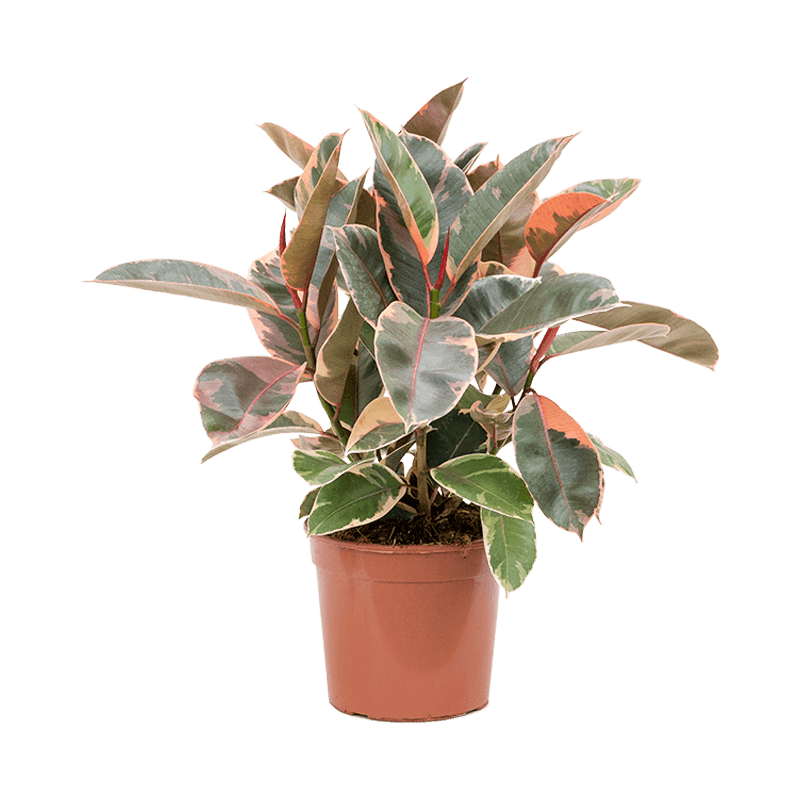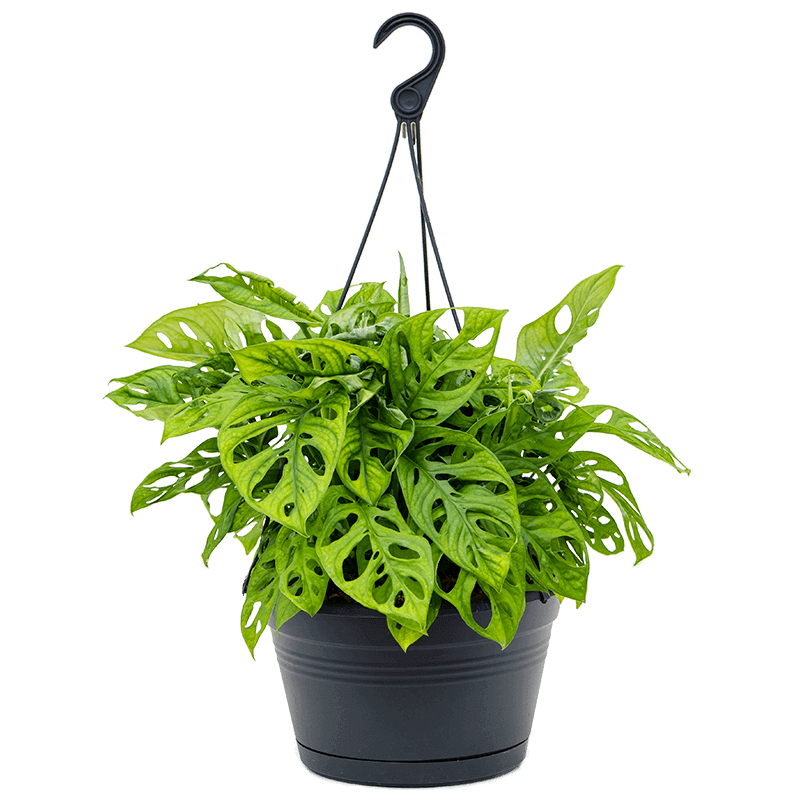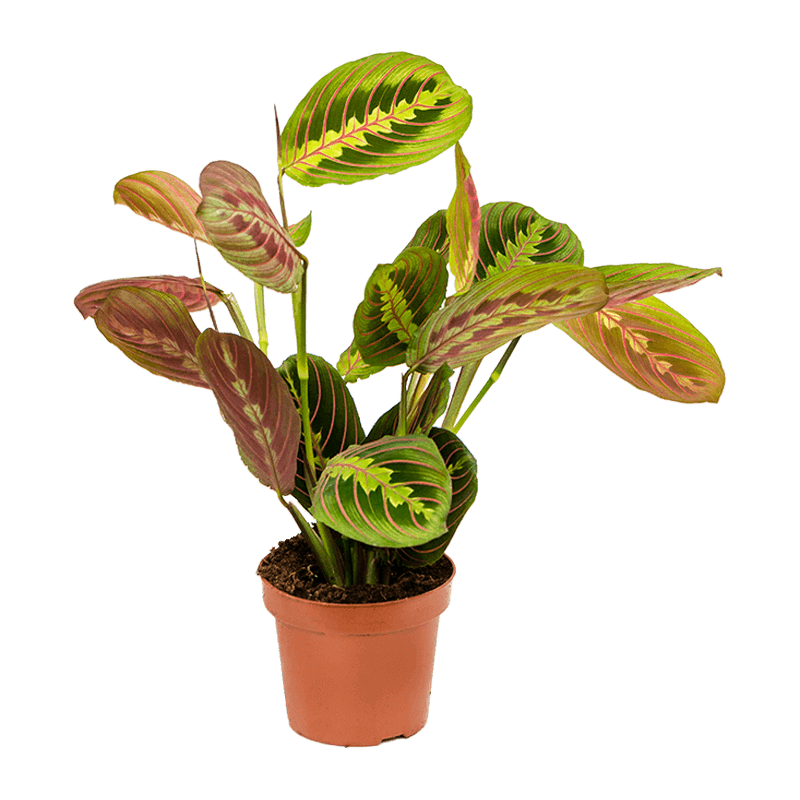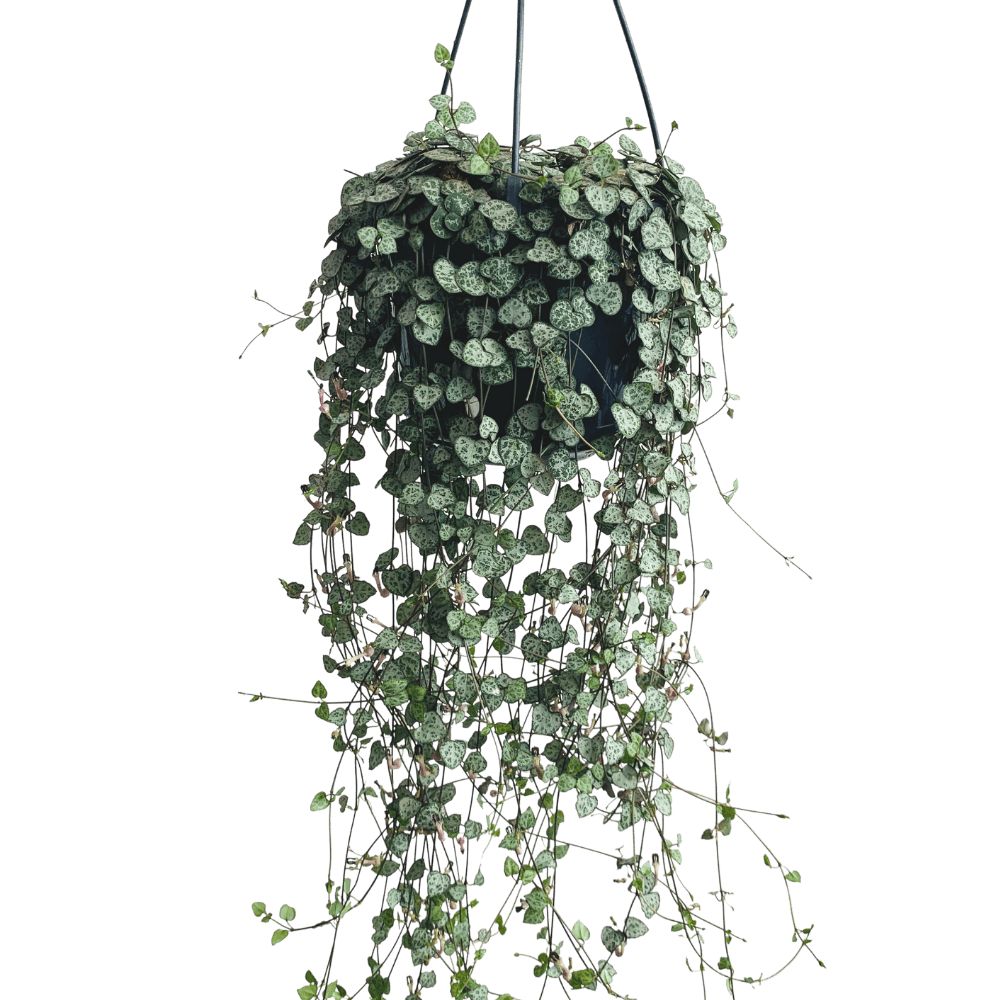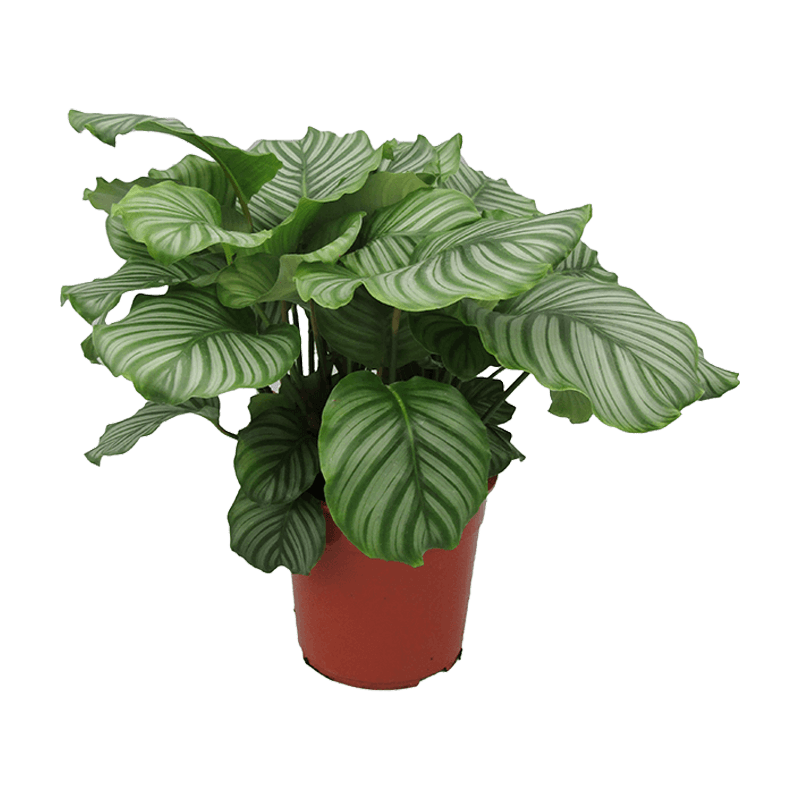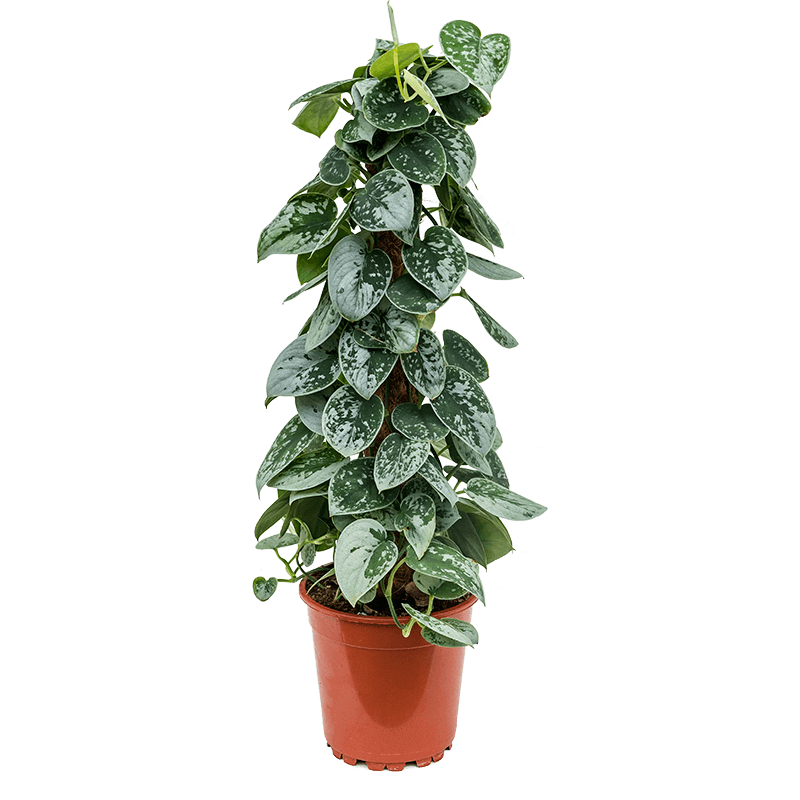how to care for begonia maculata
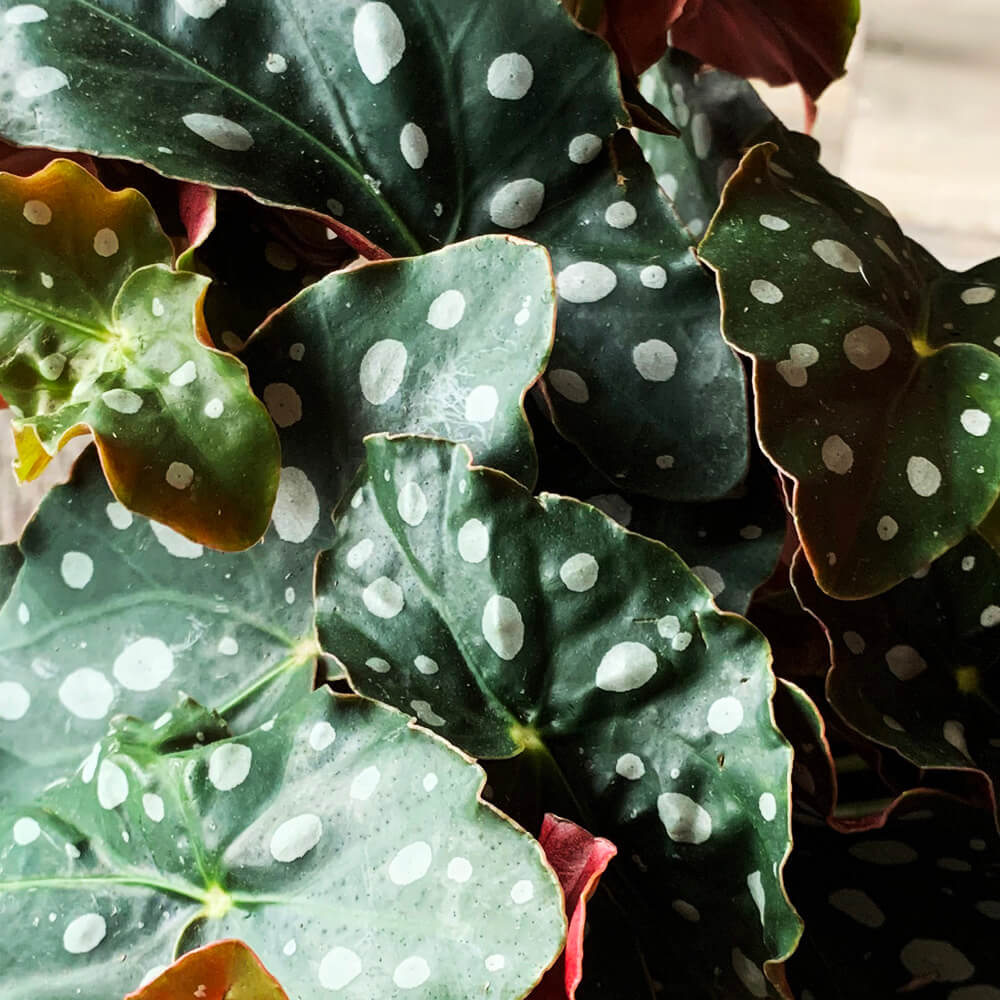
quick care guide begonia maculata
 |
Once a week in summer; once every 2 weeks in winter |
 |
Does best with bright indirect light |
 |
Fertilize once a month in the summer |
 |
Toxic to pets |
 |
Doesn’t do much in terms of air purification |
The Begonia Maculata needs bright indirect light, well-aerated soil that dries a bit between waterings, fertilization every 2-4 weeks, and temperatures of 18°C to 30°C. They are fussy about humidity and need semi-regular pruning, but they’re very easy to propagate.
detailed care guide for begonia maculata
Scientific Name: Begonia Maculata (also known as Polka Dot Begonia, Spotted Begonia, Trout Begonia) Origin: Brazil Light: Bright, indirect light. Higher light levels will promote strong growth and even flowering, but avoid direct sunlight. Water: Keep the soil generally moist, letting the top few centimeters of soil dry out between watering. Will not tolerate soggy soil. Soil: A light houseplant potting mix is ideal. Add perlite if drainage is insufficient. Temperature: The Begonia Maculata performs best with indoor temperatures ranging between 18°C to 30°C Fertilizer: Once the Polka Dot Begonia starts growing in spring, fertilize with an all-purpose, water-soluble houseplant fertilizer every two to four weeks while the plant is actively growing. Humidity: High humidity is important for begonias, over 45% ideally. Can be misted but prefers indirect humidity. Pruning: If your Begonia is getting leggy, or you just want to shape it a bit, you can pinch it back. Pinching and pruning your Begonia will help create a fuller and bushier plant. New stems will grow from where you prune. If your plant grows too tall, the best time to prune and maintain height is in late autumn. This is the end of the active growing season. The plant is done flowering and slows down over winter. Re-Potting: Check if the roots are poking out of the drainage holes of the pot. For the Polka Dot Begonia, annual repotting (in the spring) is generally needed. Propagation: Begonias are easy to propagate so don’t throw away those pruned off stems! Each stem is potentially a whole new plant, or a growing piece to place back in with the original plant to make it grow fuller. Get a stem cutting with at least one or two nodes and place it in water. Have patience, roots will form. propagated by pinning a leaf to the bedding mix and making small incisions in the leaf veins or by inserting a leaf (with a petiole) directly into the soil. The petiole is the stalk that attaches the leaf blade to the plant stem. Diseases and Pests: High humidity and overwatering can cause powdery mildew, botrytis, bacterial leaf spot, stem and root rot. Toxicity: Toxic to pets and people if ingested. With the most toxic parts being underground. It is important to note that it is very rare for pets to die from eating plants but they should nevertheless be kept away from plants that can cause them problems.begonia maculata origins & overview
These evergreen perennials hail from tropical forests of Brazil, so it’s no surprise they need warmth, strong filtered light and consistent moisture. They are a fairly fast grower that can reach one meter or more, and their cascading white flowers bloom throughout the warm season. Begonia plants come in many varieties and hybrids, in different colors, sizes, and shapes. Without any doubt, the Begonia Maculata is one of the prettiest Begonia plants I have ever seen. The silvery-white polka dots look almost unreal as if they were painted onto the deep olive-green leaves. But trust me, this is nature working its magic. Polka dot Begonias are part of the so-called cane begonias. Cane begonias have these a-symmetrical angel wing leaves growing on long bamboo-like stems. As a cane begonia, the plant’s thick stems hold a bit of water and don’t like wet conditions. They appreciate having their topsoil dry out between waterings.begonia maculata light requirements
Give your Maculata a bright spot out of strong sunlight: direct rays can fade the silvery spots or even burn the foliage. A southern exposure works well in winter months; east or west windows are fine year-round as long as you keep them out of direct light. Bright filtered light is the goal. If necessary, the plant will tolerate low light, but it won’t be happy in very dim quarters. ou’ll know your maculata isn’t getting enough light by its leaves: first they lose some color, then turn yellow, and finally start to shed. The leaves will show scorched areas if they’re getting too much.
how to water the begonia maculata
Maculatas like moist soil most of the time – never give them a drought – but they benefit from having the top few centimeters of their soil dry out before rewatering. These plants easily develop root rot if they’re kept too wet, so never water when the soil is moist. They don’t like getting their leaves wet, so bottom watering is often recommended – but, if that seems a hassle, their leaves are large enough to avoid if you’re careful.repotting the begonia maculata
Yearly repotting is recommended. Maculatas like being a bit rootbound in small pots, but their soil becomes exhausted from its densely packed roots. Even if you’re not potting up, annual soil refreshment does them good. If you’re replanting in the same sized pot, gently loosen and remove dirt around the edges of the rootball to make room for fresh soil. Don’t increase pot size too much: you don’t want them spending excess energy on their root system. It’s not their standout feature.

Decorative pots are approx. 11 cm.

Plants have a diameter of 11 to 13 cm.
Decorative pots are approx. 14 cm.

Plants have a diameter of 14 to 16 cm.
Decorative pots are approx. 17 cm.

Plants have a diameter of 17 to 19 cm.
Decorative pots are approx. 20 cm.

Plants have a diameter of 20 to 24 cm.
Decorative pots are approx. 25 cm.
extra small |
Plants - 8 to 10 cm diameter Pots - 11 cm |
small |
Plants - 11 to 13 cm diameter Pots - 14 cm |
medium |
Plants - 14 to 16 cm diameter Pots - 17 cm |
large |
Plants - 17 to 19 cm diameter Pots - 20 cm |
extra large |
Plants - 20 to 24 cm diameter Pots - 25 cm |

